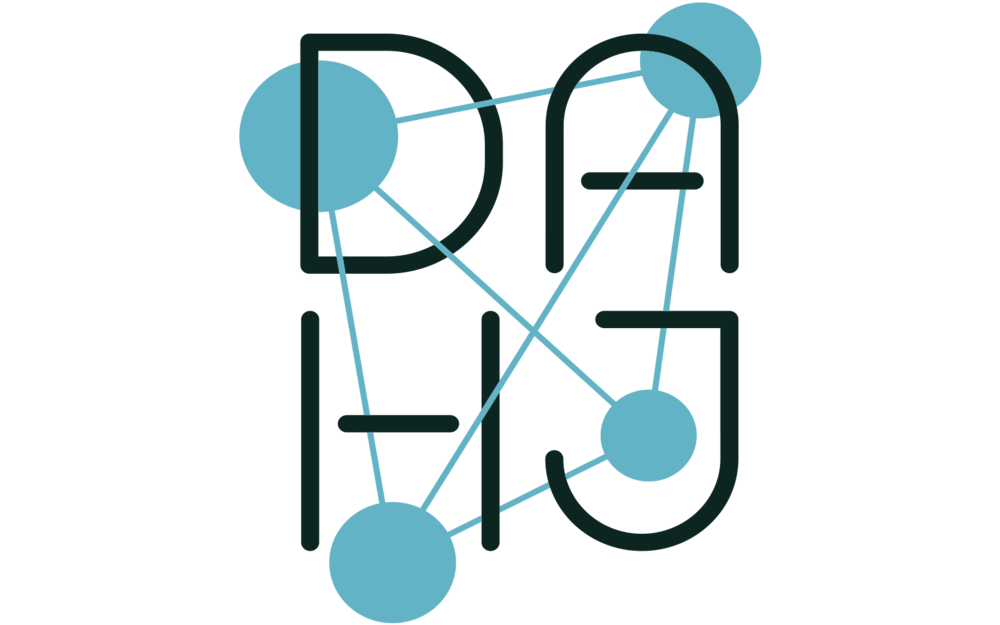What is Arches?
Arches is an open-source, geospatially-enabled software platform for cultural heritage inventory and management, developed jointly by the Getty Conservation Institute and World Monuments Fund. The system is freely available for organizations worldwide to download, install, and configure in accordance with their individual needs and without restrictions. Arches is not one single repository; however, an organization could set it up as its own central repository if desired.
This short video demonstrates the key capabilities of Version 3 of the Arches platform, and offers a brief look at the standards and technology that Arches incorporates.
Open source. As open source software, Arches is freely available to use and customize without licensing costs, and it can be configured and extended without restriction to meet the needs of individual users. To learn more, see Open Source Software and the Arches Project.
Purpose built. Arches has been purpose-built for the international cultural heritage field, and the off-the-shelf or default version is configured to inventory and document all types of immovable heritage, including buildings, cultural landscapes, heritage ensembles or districts, and archaeological sites.
Arches helps organizations achieve a number of objectives that promote the understanding, appreciation, and management of heritage places. These include:
identification and inventory
research and analysis
monitoring and risk mapping
determining needs and priorities for investigation, research, conservation and management
planning for investigation, conservation, and management activities
raising awareness and promoting understanding among the public, as well as governmental authorities and decision makers
Controls terminology and establishes relationships. Arches includes a robust module for thesauri/terminology management, which enforces data validation and standards, enhances searching, and facilitates entry and retrieval of multi-lingual content. Using advanced semantic technologies, Arches offers the opportunity to discover previously unknown connections and patterns among different kinds of heritage information.
The default version of Arches includes six different types of “resources” that can be recorded and related to each other. The names of the six resources can be changed and are identified in the default version of Arches as follows:
Heritage Resource (e.g., monument, site, asset);
Heritage Group (e.g., ensemble, district);
Activity (e.g., survey, conservation intervention);
Historical Event (e.g., war, earthquake, flood);
Actor (e.g., a person or organization such as architect, famous person, organization conducting survey); and
Information Resource (e.g., image, report, video, 3-D model).
Standards based. Arches incorporates internationally adopted standards for heritage inventory, semantic modeling, and information technology, leading to better practices in the creation and management of heritage data and facilitating data exchange and longevity in spite of advances in technology. To learn more, see Standards and Interoperability.
Project History
Arches grew out of the collaborative effort by the Getty Conservation Institute and World Monuments Fund to address the widespread need within the heritage field for low-cost electronic inventories that are easy to use and access. Arches combines state-of-the-art software development with the insights and perspective of heritage professionals from around the world.
The need for functional heritage inventories has grown over the last decades, together with the rise of a global awareness of the importance of heritage management. Nevertheless, inventories remain complicated to establish and maintain, and frequently rely on costly proprietary software that does not always fit the needs of the heritage field. Arches provides a platform that is, on the one hand, easy to use and customize and, on the other, takes advantage of the latest technologies to allow users to create and manage heritage information in all its richness and diversity.
Read a joint statement from the Getty Conservation Institute and World Monuments Fund, the organizations that partnered to lead the development of Arches, from when Version 1.0 of Arches was released in October 2013.
Follow
To stay up-to-date on project news, sign up for the Arches project announcement list or join the Arches discussion forum.
The information above is from the About page on the Arches website.
